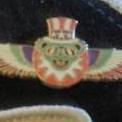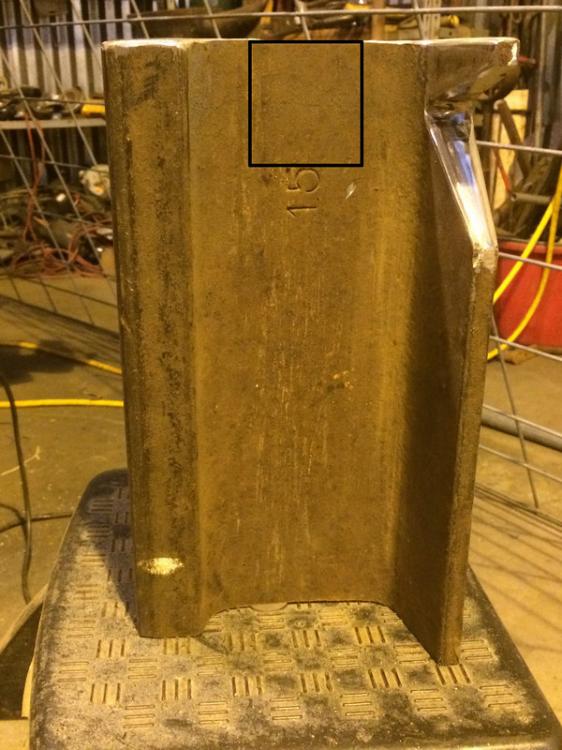
Crantius
Members-
Posts
18 -
Joined
-
Last visited
Recent Profile Visitors
1,598 profile views
-
Hofi uses Sikaflex 11FC because that's what he could get at the time when he started using it in Israel. This stuff is not a glue, but a sealant. It typically costs <7€/cartridge. If you can find a high strength polyurethane sealant that has a shore hardness of 37 or higher, break elongation ~700% and is marketed as elastic or vibration dampening, chances are it will work similarly well.
-
The body of this hammer is round, so a large knife vise should work for rotating it evenly.
-
pump spray bottle. especially nice to use the mist setting on myself when temps are risen (outdoors smithy).
-
Looks like a spatha. A sword popular with the Romans and later the Vikings (i.e. early dark ages as you said).
-
What would you do with this steel? Chipper blades
Crantius replied to MAD MAX's topic in Blacksmithing, General Discussion
They might make decent guillotine tools if they're thick enough. Probably some kind of high vanadium abrasion resistant stuff that is difficult to heat treat and doesn't hold a fine edge, idk ask the manufacturer. -
Outstanding work. How was the wax (?) form of the cast shape (the one you're holding) made?
-
Taps/dies: remove rust, keep, especially the large ones. Make guillotine tool inserts from dies if you really don't need them.
-
They look like hot cuts. The one in the middle might be a sort of punch, i.e. a tool that is used to make a small hole which can then be widened by a drift. If they have flat or radiused tops instead of an edge then they were most likely used to sharpen scythes.
-
bear
-
Annealing VS Normalizing
Crantius replied to caintuckrifle's topic in Heat Treating, general discussion
third post in this very forum -
2€ per kg (2.91AUD) is considered a reasonable price here in Germany. Although we're seeing more and more ridiculous offers lately (ebay and similars), probably private sellers who've seen other overpriced anvils and advertised their own for just a little bit more.
-
Forge in red/orange temp range, not above or below (unless you're using mild steel, then it doesn't matter). Anneal or normalize before hardening. Use heated oil to quench, or brine.
- 29 replies
-
- cracks
- forging problem
-
(and 2 more)
Tagged with:
-
Can I leave metal in steel crucible?
Crantius replied to The Armourer's topic in Smelting, Melting, Foundry, and Casting
Copper and its alloys will braze to steel. Even with alu it's a bad idea, some of it will oxidize (% depending on the type of scrap you used) and prevent the rest from melting easily, i.e. that crucible will be ruined. Copper also oxidizes easily, it needs a topping of glass or coal to reduce losses. -
Another rail road iron anvil
Crantius replied to Charles R. Stevens's topic in Anvils, Swage Blocks, and Mandrels
I was thinking about this area (not sure if I got the proportions right): you'd cut out this section, add inserts (like with this design https://youtu.be/7SCbkeJzj1U?t=15s) and two plates for front/back, welded or bolted to the main body.


